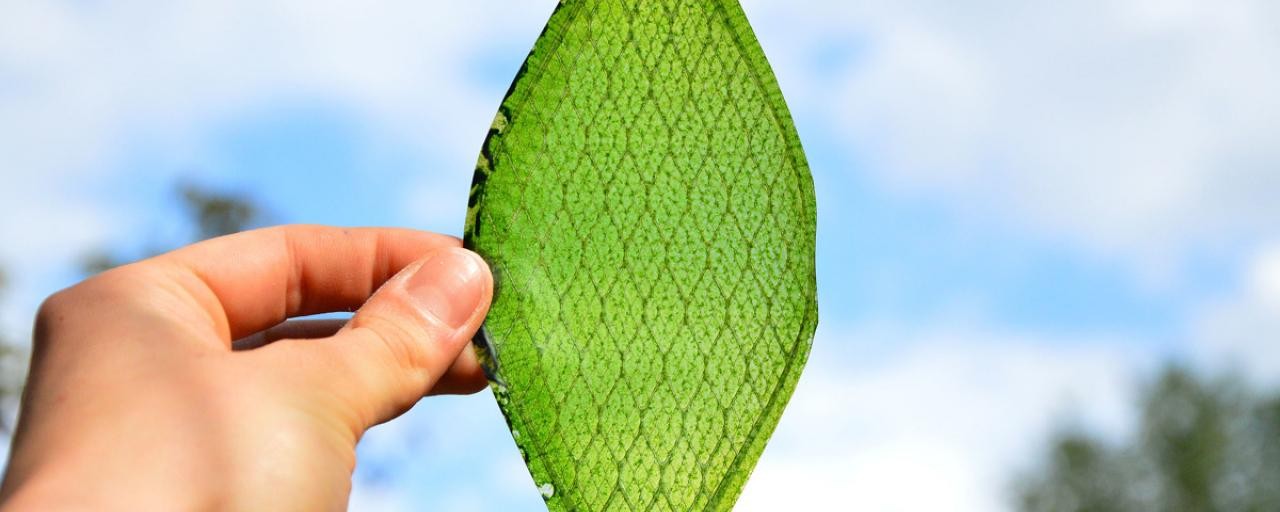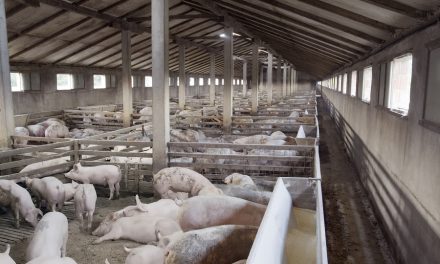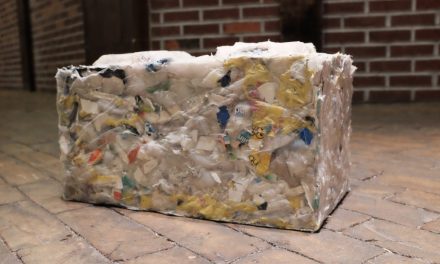Researchers at Harvard had developed and upgraded a synthetic “leaf” that is capable of converting sunlight into fuel 10x faster than an organic leaf.
The concept is not new. For years, scientists have been creating artificial leaves, usually working when they are placed in water. The sunlight causes them to split the water into hydrogen and oxygen, which can be recovered to charge hydrogen fuel cells. Last year, the Harvard researchers unveiled their newest iteration of the leaf, though now it is able to turn water into fuel, directly, because it contains a hydrogen-eating bacteria that causes the conversion.
“This is a true artificial photosynthesis system,” said Professor of Energy Daniel Nocera, one of the lead researchers. “Before, people were using artificial photosynthesis for water-splitting, but this is a true A-to-Z system, and we’ve gone well over the efficiency of photosynthesis in nature.”

© Jessica Polka/Silver Lab
Another huge upgrade is that these new leaves can create an array of fuels, rather than isopropanol only, which the older versions were limited to. The new version can also create isobutanol, isopentanol and PHB, a bio-plastic precursor.
“In principle, we have a platform that can make any downstream carbon-based molecule,” said Pamela Silver, Professor of Biochemistry and co-creator of the system, “so this has the potential to be incredibly versatile.”
The leaf is now being prepped for mass production and distribution around the developing world.
*Article originally appeared at Minds.












